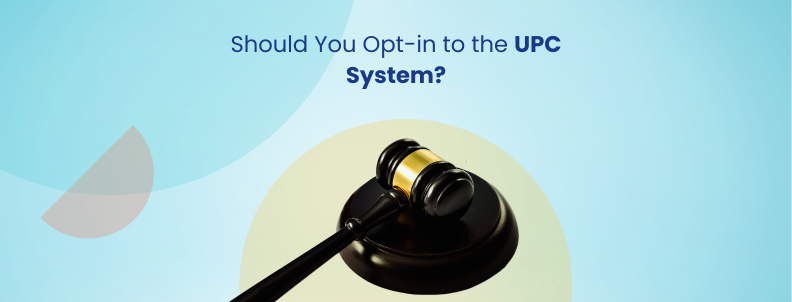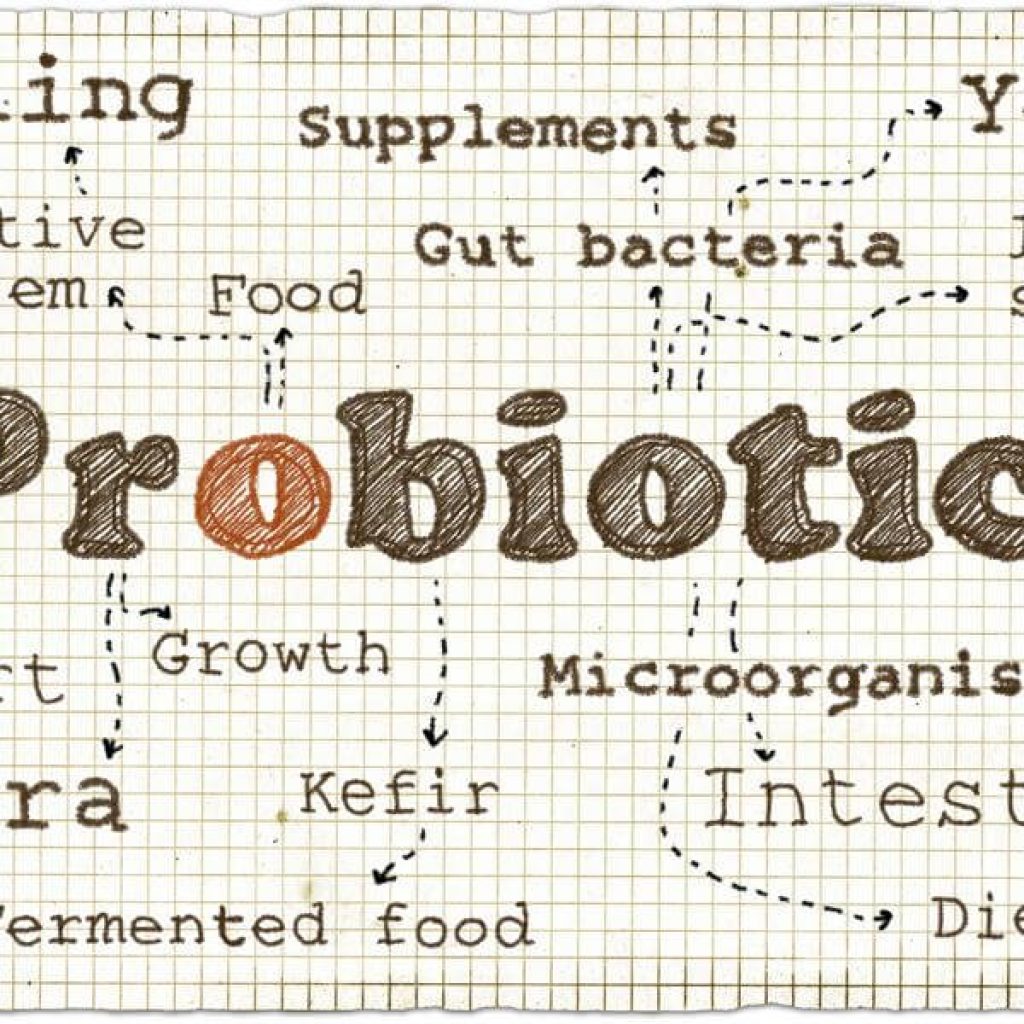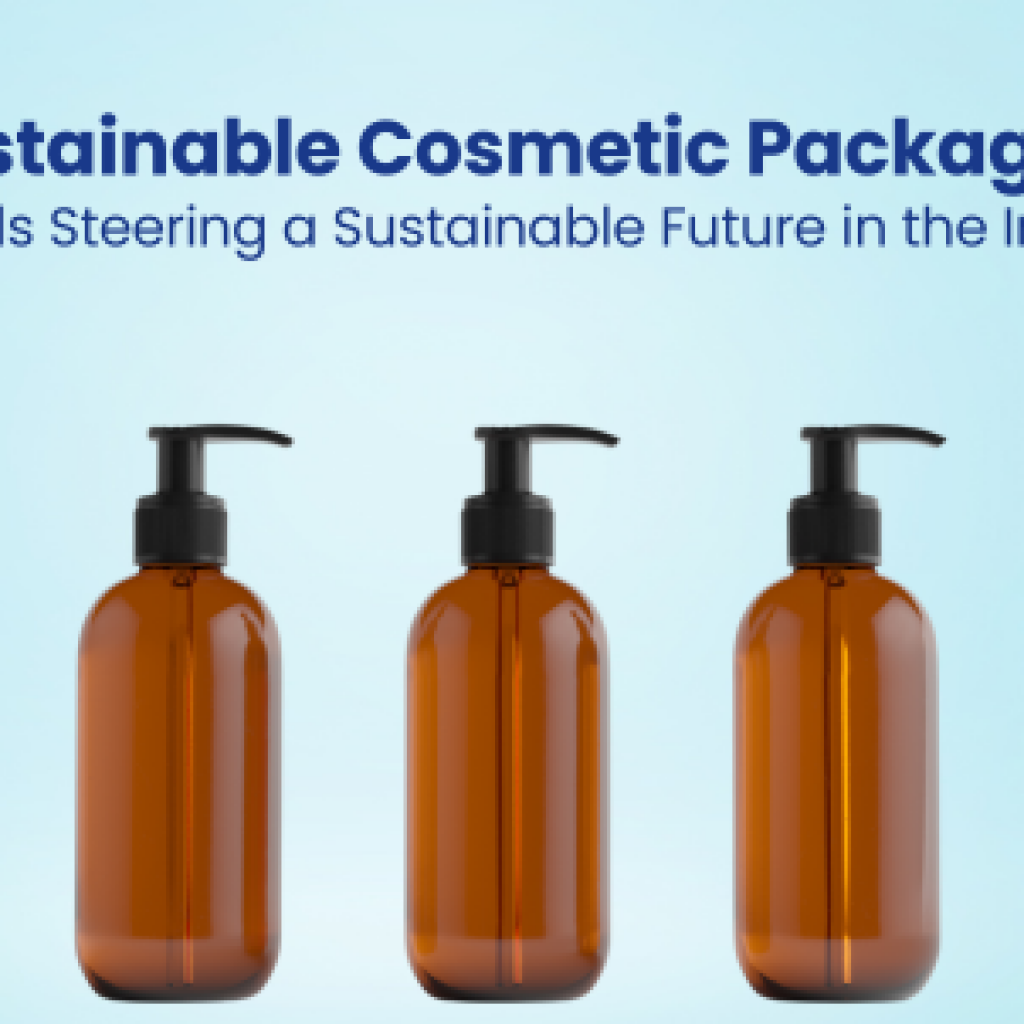European Patent (EP) has been a common patent valid across 39 contracting member states (27 EU countries and 12 other European countries). However, the downside of it has been that the patentee must validate the EP patent within different contracting countries separately after its grant. In addition, once the EP patent is granted, the post-grant proceedings/procedures like litigations/licensing / other monetizing practices, etc., are implemented separately in different national courts of the contracting countries.
In response to these downsides of the European Patent, the Unified Patent Court (UPC) was set up by the EU member states. The UPC will retain exclusive jurisdiction for claims relating to Unitary Patents (UP) and perform all the post-grant proceedings, like oppositions, litigations, licensing, injunctions, protective briefs, etc.
In short, with the Unified Patent Court in place, inventors can look forward to a streamlined and consistent approach to patent litigation across multiple jurisdictions.
But what impact can it have on your intellectual property, and should you take any immediate action? Should you opt-in or out of Unified Patent Court? What are some crucial dates to know concerning this change?
Well, all these and many more questions will be answered ahead in this article.
All you need to know before obtaining a Unitary Patent
Obtaining a Unitary patent will help inventors to protect their inventions in multiple EU countries by filing a single application. It is not a new type of patent but a new route for obtaining a European patent. Additionally, the legal decisions of the UPC with regard to UP will be applicable across all 24 contracting member states/countries that have agreed to sign the UPC agreement without the need to file separate proceedings in separate national courts for these countries.
Hence, the inventor/applicant can request uniform patent protection in up to 24 contracting member states through Unitary Patent.
The dates and timelines that matter
The UPC will come into force on June 01, 2023. But before this, some other dates are to be considered.

The first is the Sunrise period of 3 months from March 01 – May 31, 2023. In this period, the inventors/applicants can opt out of the UPC without restriction. Next is the 7-year transitional period, which can extend up to 14 years.
Why is the SUNRISE PERIOD crucial if you hold EP patents?
The patentees of already granted EP patents must choose whether they want to opt out of the UPC or stay in. They are given a heads start of 3 months (sunrise period) to do so before UPC comes into play, and then the 7-year Transitional Period begins.
It’s important for patentees to carefully consider their options before the Unitary Patent Court (UPC) comes into operation, as opt-outs can only be filed during the transitional period. It’s recommended that patentees decide on an initial strategy before the UPC starts operating. But why are we saying that?
Because once an action has been initiated in the UPC, the patent is considered “locked in” to the system and cannot be opted out thereafter. Therefore, patentees have to act promptly and study the advantages and disadvantages of both systems on their patents to ensure the best possible outcome for their IP assets.
What’s the major advantage of opting for UPC?
Introducing the Unitary Patent (UP) brings many benefits to inventors, companies, and litigators, particularly compared to the current European Patent (EP) system. Here are some advantages that UP will offer if you opt in:
- Cost savings: Obtaining an EP can be costly, as inventors must apply for and maintain separate patents in each country to protect their invention. In contrast, the UP will provide a single valid patent across multiple countries, reducing the administrative and maintenance costs associated with patent protection.
- Uniformity: The current EP system requires inventors to navigate different legal frameworks and procedures across various countries, which can be complex and time-consuming. The UP system will provide a unified framework for obtaining and protecting patents, creating a more streamlined and predictable process for inventors.
- Broader protection: The UP system will cover a larger market than the EP system, as it will apply to 25 EU member states, including some of the largest economies in Europe. This will provide inventors with broader protection for their intellectual property, increasing their commercial potential and competitiveness in the market.
- Simplified enforcement: The current system of enforcing EPs involves separate litigation proceedings in each country where the patent is registered, which can be expensive and time-consuming. The UP system will provide a centralized Unified Patent Court (UPC) with jurisdiction over patent disputes across all participating countries. This will simplify the process of enforcing patents and reduce the costs associated with litigation.
The patent can be monetized in 24 EU member states with one single action, i.e., a single filing in UPC. So, the inventor can earn more monetary benefits across all 24 EU member states by investing less in multiple proceedings across multiple EU countries.
Why should you Opt-out of the Unitary Patent System?
Amidst the pool of advantages, the Unitary Patent system also has disadvantages.
- Central revocation: For patents under UPC, the biggest threat is that of Central revocation. A successful UPC revocation can lead to the revocation of the patent in all EU Member States that have ratified the UPC Agreement at the time of the decision. This differs from the current position where revocation needs to be pursued separately in each national jurisdiction. Therefore, opting out allows patent holders to defend their patents in separate actions, reducing the risk of losing their rights across Europe due to a single unfavorable decision.
- Untested court: The UPC is a new court with no case law history. Although the rules of engagement are established in the UPC Agreement, and the Rules of Procedure, how judges will interpret and implement them remains unclear. Results in the UPC may be unpredictable, especially at the beginning. Opting out allows patent holders to defend their patents in familiar national courts and monitor how UPC case law develops over time.
- More straightforward jurisdictional options: During the transitional period, the UPC and national courts have concurrent jurisdiction, meaning both can hear cases on the same issues. This might seem good for patent holders because it allows them to choose the court that best suits their needs or strategy. But this also opens the door for those wanting to challenge the patent. They could potentially choose a court that may be more favorable to their position, which might not be the best scenario for the patent holder. In other words, with both the UPC and national courts able to handle cases, patent holders might lose some control over where disputes about their patents get settled, leading to unpredictability and potential legal complications.
What should be your next immediate step to file patents in Europe?
Basically, there are two routes to take from here – staying in UPC or opting out.
As per our analysis, opting out of the UPC is fit if the patents are
- key assets to the assignee, i.e., either their hero products majorly depend on those patents or Standard Essential Patents
- of high monetization value due to the inventive solution in the patent
- at a higher chance of getting invalidated in litigation/opposition (In UPC, it would mean those patents get invalidated in 24 countries straight away!)
To make an informed decision, the need of the hour is to perform a portfolio analysis of your patents to handpick the key assets.
Further, an invalidity search is also crucial to check the strength of patents and if they can withstand any future opposition/litigation.
Final Thoughts
As IP experts, we believe whether or not to opt out of the Unitary Patent Court (UPC) system requires careful consideration. The approach taken will vary depending on the nature of the patents in question, with no single solution suitable for all the patentees.
For some, obtaining relief across multiple countries in a single infringement action will be an attractive prospect, leading them to opt-in to the UPC system. Others may consider the risk of pan-UPC revocation too great and opt out of all of their patents. A mixed approach may also be adopted by some patent holders, with strategically less important patents kept within the UPC and others opting out.
Now irrespective of which side you plan to take, one thing will remain constant – the need to thoroughly analyze your patents. A patent portfolio analysis by experts can provide invaluable insights into the strengths and weaknesses of your patent portfolio, identifying opportunities for optimization and risk mitigation.
It can also help patent holders determine the best approach for their portfolio in the context of the UPC system. Undoubtedly the process is lengthy and cumbersome, but it is the need of the hour as the sunrise period is approaching its end. Therefore, the ideal solution is to let the experts take it from here, and all you have to do is fill out the form below:
Authored by: Navkiran Kaur, Prior-art Team
Edited by: Annie Sharma, Editorial Team










